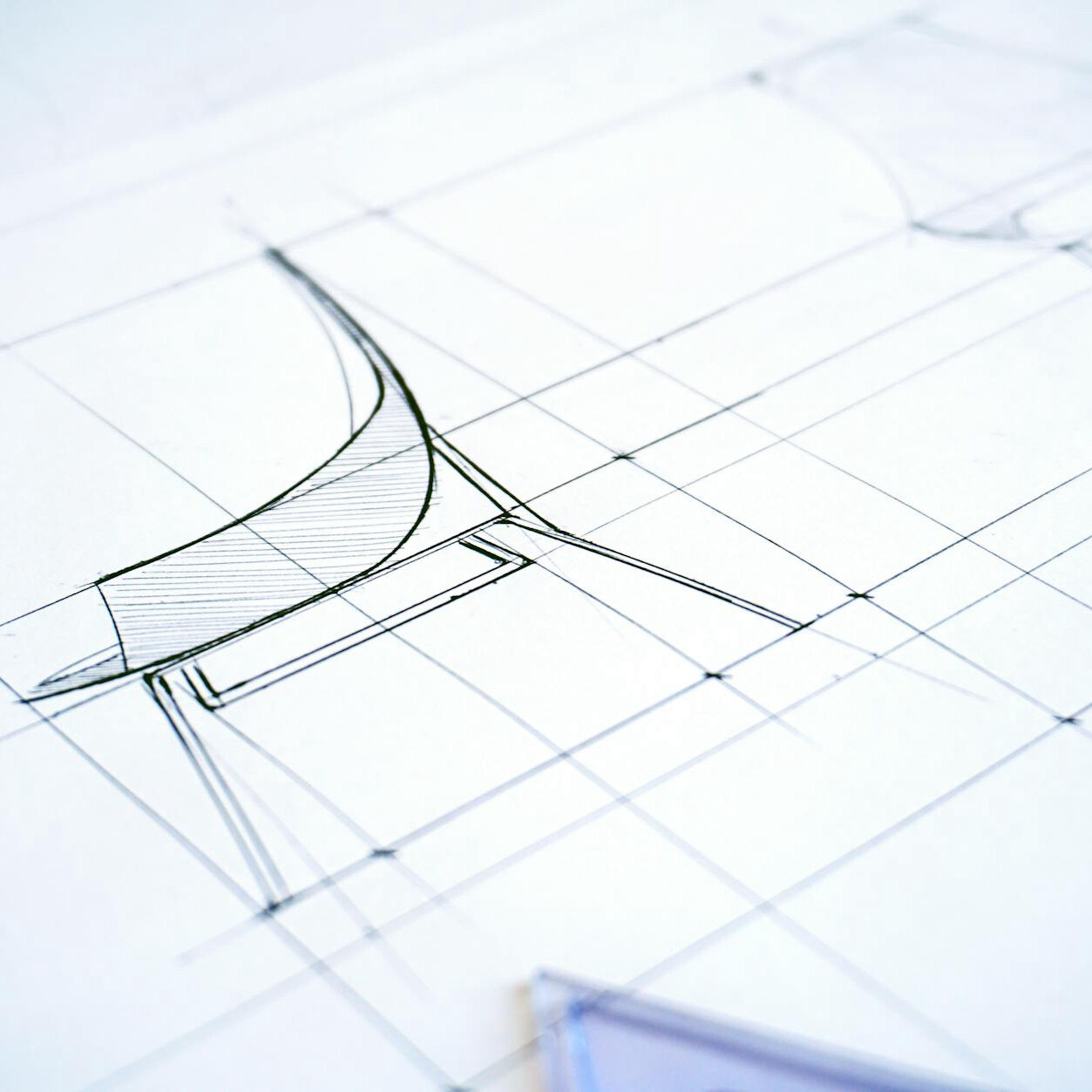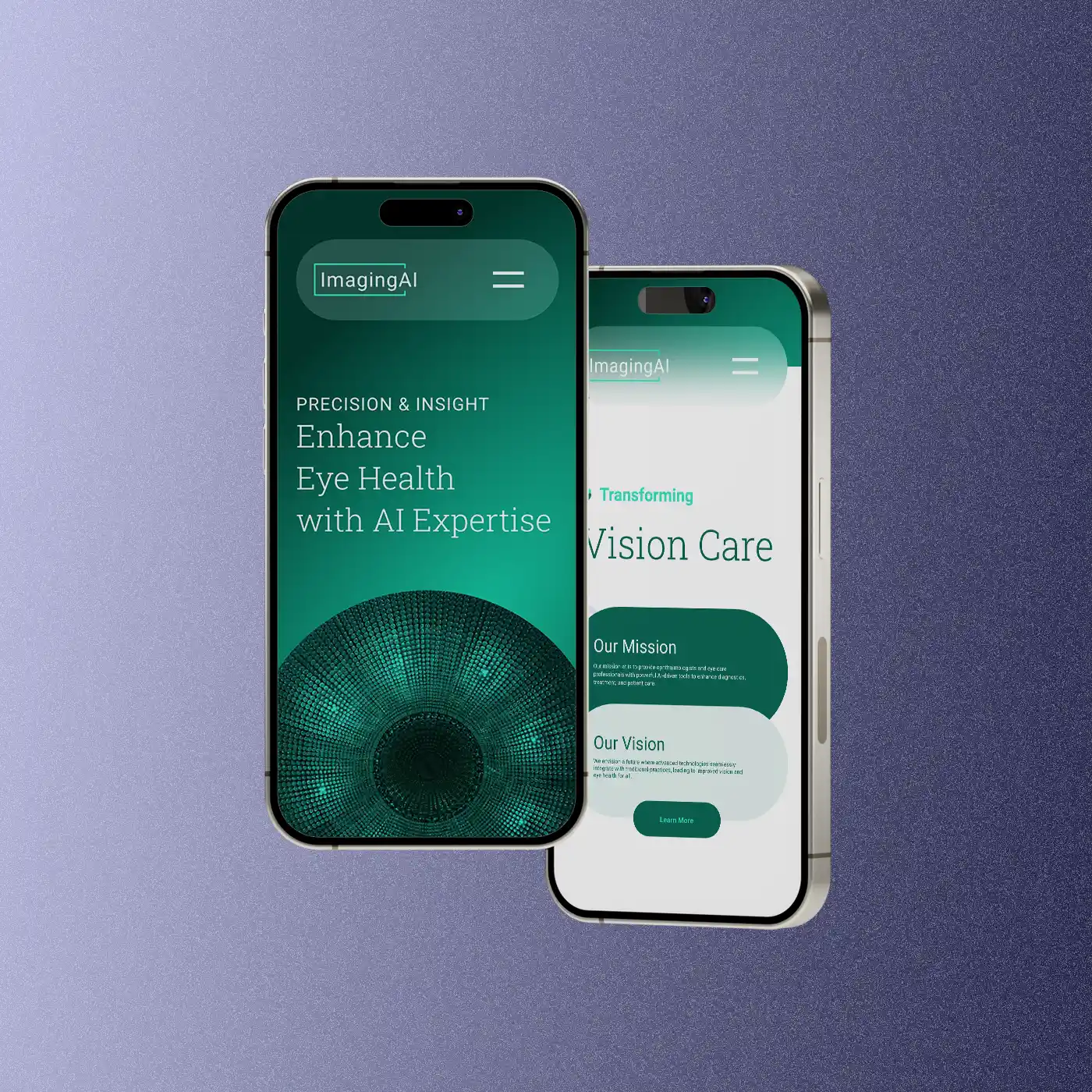Getting Site Architecture and Interface Design Right
Do you know what kind of content should be put where? Are you clear about how you want to set up your navigation menu? What about how various topics and aspects of your website should be organized? This is something that many people get stressed about when designing or redesigning their website. While it may seem like focusing too much on these aspects of web design is a waste of time, it’s immensely valuable. Better site architecture and interface design mean that visitors stay longer, gain value, share, and even buy.
So how do you go about site architecture and user interface design the right way? First, you need to understand the purpose of site architecture. Your goal should be to come up with a design that delivers value to your target audience while also helping you achieve your business objectives. In order to accomplish this, there are several things that you need to do.
The first is to start collecting information about your target audience. Come up with a persona that best reflects your average user. Then, brainstorm all the reasons why they are on your website, what they’re looking for and what else they may want (but not necessarily be aware of). This will give you a good foundation on what your website should deliver on.
Second, think about how you deliver on users’ desires and needs while also achieving what you want. If you want to capture an email lead, for example, think about how you can place a subscription box to complement the content and get people to subscribe. Another thing to think about is to create a navigation path that eventually leads to the user being educating and making a purchase.
Third, start organizing your content in a logical manner. Don’t make assumptions using your bias as to what should go together. Instead, think about organizing the content so that it makes sense to the user. Just because content is related doesn’t always mean it belongs in the same category. When faced with this dilemma, the easy solution is to provide links in content when contextually appropriate.
Fourth, develop a wireframe to get things in motion. Brainstorm with your team and come up with a final draft that you can launch. Spending a considerable amount of time on: diagrams, ideas, and concepts will help you build something more substantial and less of something experimental. Sticky notes, whiteboards, and cork boards will be invaluable during this process.
Fifth, collect feedback and experiment. Try to collect data from your users. Ask them what’s annoying about your website, what they like about it, and what they feel like it needs. Get opinions from web design professionals that understand user interface design. Go back and look at your web analytics to identify problematic pages and elements of your design. Then, redo your design again based on your data.
Working on the site architecture and interface design is a very complex and difficult process, but it is well worth the effort especially if you’re doing it for an eCommerce website. If your team doesn’t have experience when it comes to these areas of design, don’t hesitate to find a professional or firm that does. You’ll save a lot of time, unnecessary headaches and money while increasing the performance of your website.
Next Item
Why Do I Need a Responsive Site?

Related Articles
The Importance of Grids in Design
July 12, 2024
Design Systems and AI Technology
April 9, 2024


